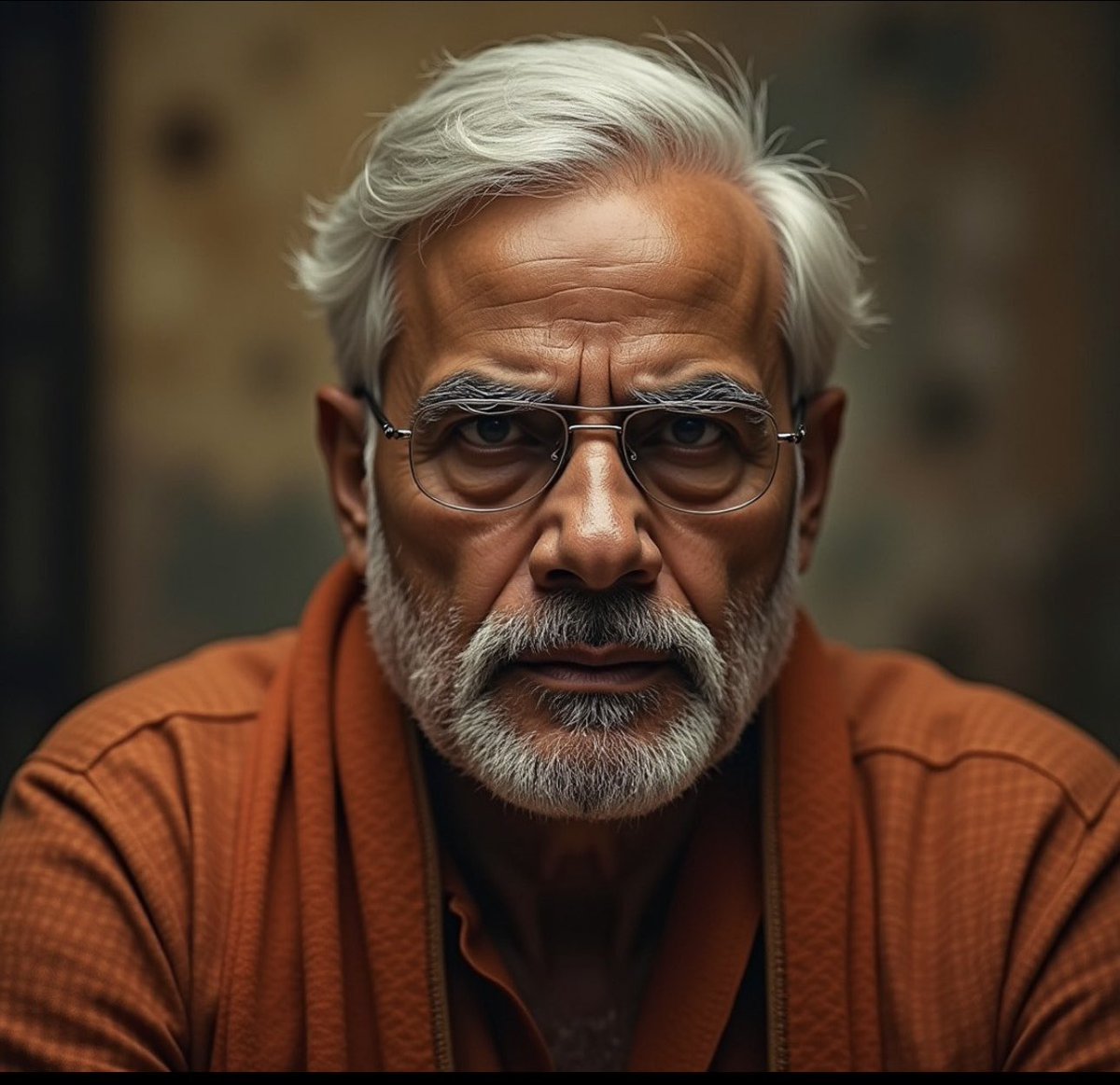The problem that Trump suddenly has with India is that during Operation Sindoor when we struck Nur Khan Base in Pakistan it rattled America as that’s where they have their nukes. It’s just propaganda when Pakistan rants about nukes, they actually have no nuclear arsenal of their own, it’s the American nukes that are housed there. We have the capabilities to destroy them and we showed them that.
Pavneet Singh discusses more about US, China and Pakistan…interesting conversation with Smita Prakash.
This thread has some interesting videos, do watch them 🙏🏾
Pavneet Singh discusses more about US, China and Pakistan…interesting conversation with Smita Prakash.
This thread has some interesting videos, do watch them 🙏🏾
Everyone knows that UN has no authority to take any stance on global issues. India is well aware that UN is just America’s propaganda wing.
Pavneet speaks about the psyche of Trump and his team 😊
Pavneet speaks about the psyche of Trump and his team 😊
Seeing the Modi, Putin, Xi camaraderie during the SCO rattled America as it doesn’t want to see good relationship between the three powerful nation as it defeats the American agenda.
Besides that America doesn’t like the rising India and it’s America that’s behind the border conflict that had erupted a few years back…this is a quite interesting conversation 👍🏾
Besides that America doesn’t like the rising India and it’s America that’s behind the border conflict that had erupted a few years back…this is a quite interesting conversation 👍🏾
This is the conversation…forgot to add the video 😊
• • •
Missing some Tweet in this thread? You can try to
force a refresh












